Do you know that China is the leading wool-producing country, which yields 356,216 tons annually?
Wool is a natural, long-lasting, and insulating fiber made of eco-friendly and biodegradable material. Based on its fiber quality, wool is used for clothing, accessories, and home decor.
If you are new to the wool world and confused about which to own, here is a list of 20+ different types of wool from animals.
1. Merino Wool
As the name suggests, merino wool is extracted from merino sheep that are commonly raised in Australia and New Zealand.
This wool is soft, lightweight, and breathable. It can absorb moisture 30 percent of its weight, which makes it a good choice for people who sweat a lot.
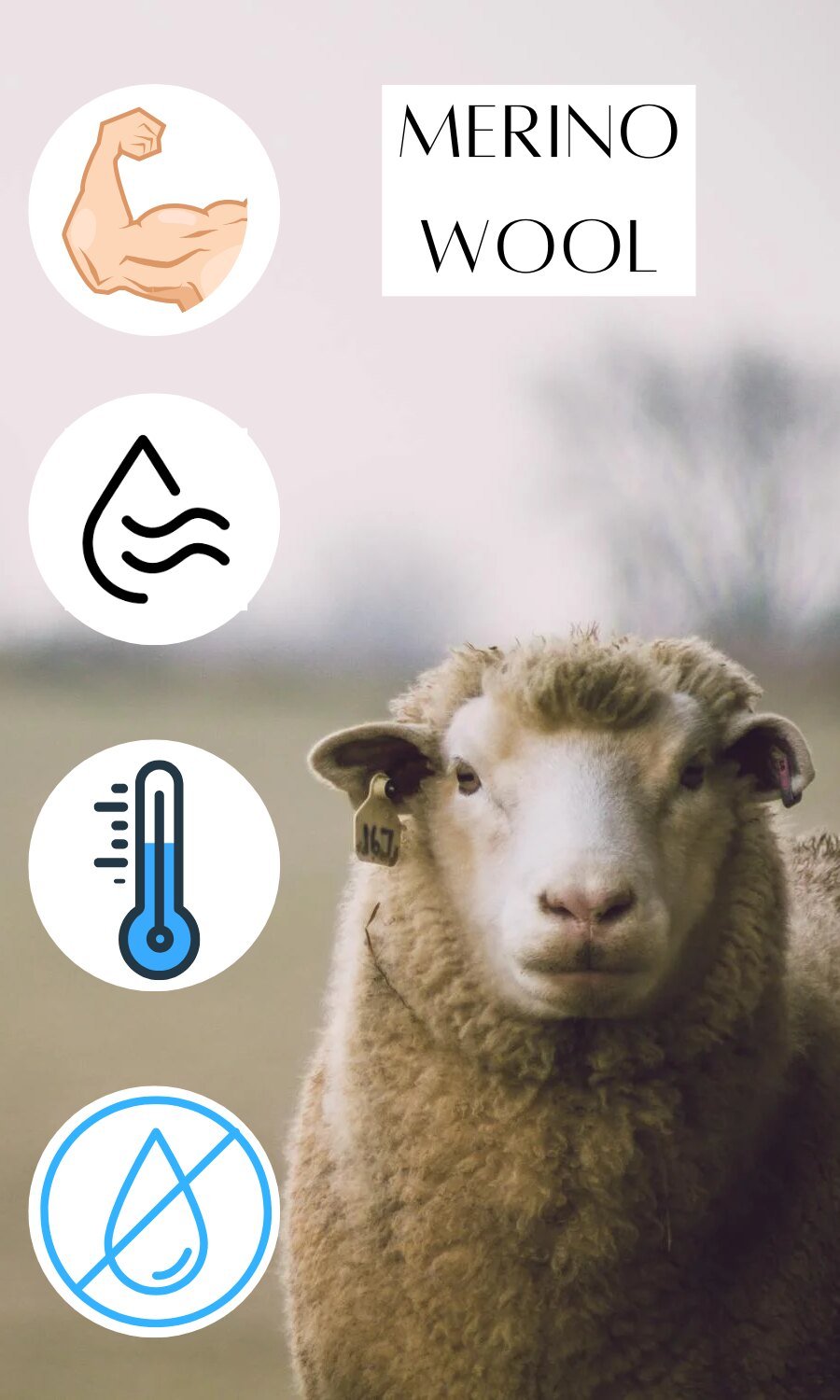
It is also prized for its durability, temperature regulator, and odor-resistant properties.
Unlike traditional wools, merino wool has a small diameter, creating more flexibility and pliability. This helps you feel less itchy.
Merino wool is famous for outdoor and athletic wear. You can expect this wool for socks, tights, basics, outerwear, winterwear, and undergarments.
2. Cashmere Wool (Goats)
When it comes to luxurious, ultra-soft, and insulating wool, cashmere is the top priority.
Cashmere comes from Cashmere goats and pashmina goats that are mostly raised in China, Mongolia, Iran, India, and Pakistan.
Due to its lightweight nature and resistance to wrinkles, you may find the wearables always look elegant and flattering.
The true cashmere is also breathable, moisture-wicking, and scratchless, making you feel more comfortable and less itchy.
This style of goat wool makes good scarves, sweaters, blazers, shirts, socks, underwear, thermal gear, hats, gloves, and luxury items. You can wear cashmere clothes throughout the year.
3. Pygora Wool
Pygora is a hybrid of angora and pygmy goats and produces a wool combining the characteristics of the two breeds.
As the goat ages, the fiber enriches with features.
Pygora fiber comes in several natural colors, such as white, black, browns, greys, and caramels, and is dyed well.
It is ideal for spinning, knitting, weaving, and crocheting. So, you can expect wool items, including baby garments or luxurious shawls.
Besides, pygora wool felts elegantly and offers locks to make wigs, beards, or novelty toys.
You can also use pygora pelts or coarser fibers to make posh rugs or chair accessories. This way, it has become a favorite of crafters and fiber artists for various projects.
4. Mohair (Angora Goats)
Due to its distinct luster and sheen, mohair has a shiny and smooth texture, which is why it is called diamond fiber.
It is warm, moisture-wicking, strong, and elastic. It does not have scales to be felted and dyes well.
Extracted from Angora goats, mohair is ideal for knitting, crocheting, home furnishings, fake fur, and doll wigs.
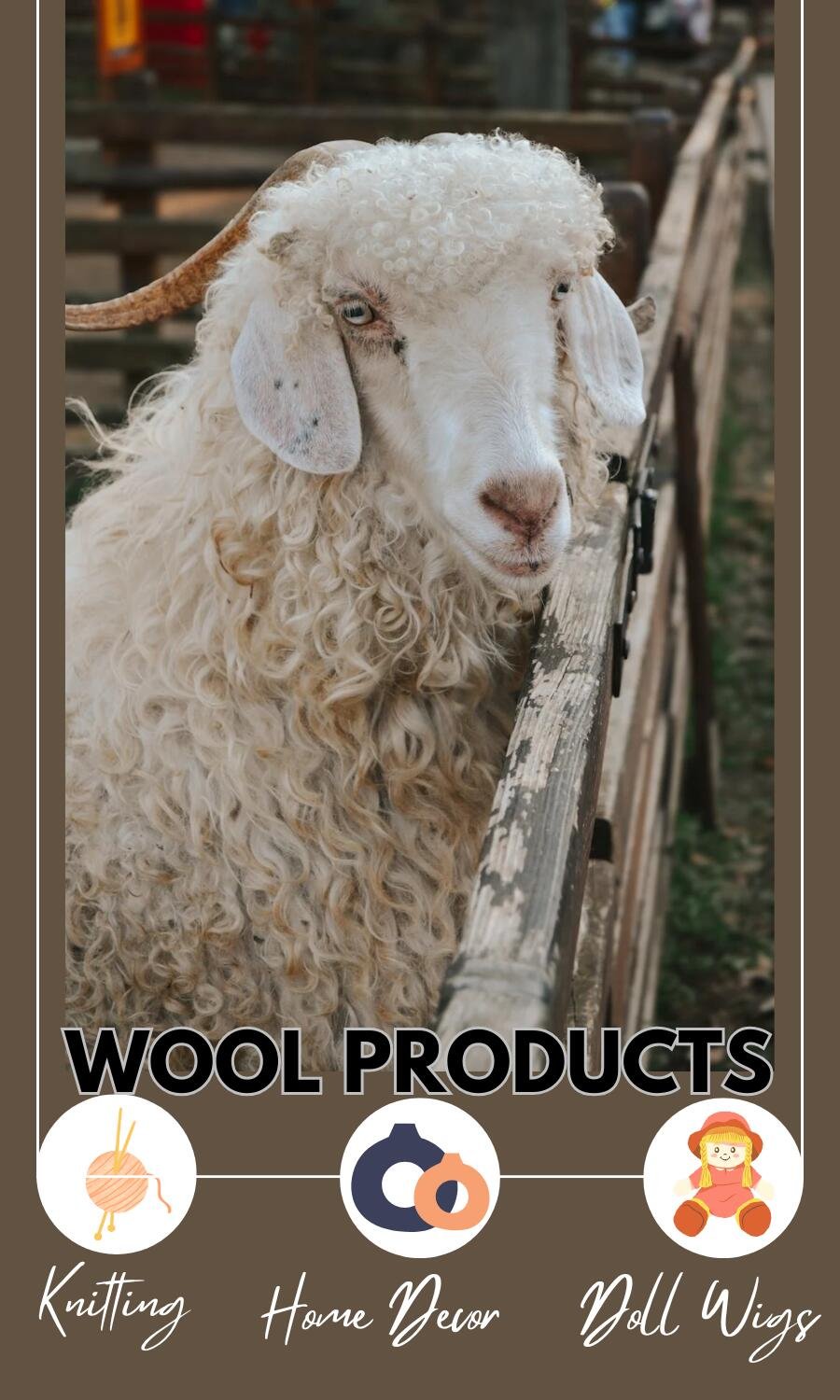
As the goats age, the diameter of the fiber increases.
So, thinner fibers from young goats are used for textiles such as sweaters, scarves, winter hats, and socks. On the other hand, thicker, coarser fibers make good carpets, drapery fabric, upholstery, and outerwear.
5. Qiviut (Muskox Wool)
Qiviut is a soft, colored wool produced by musk oxen.
It is extremely soft and warm, eight times warmer than sheep wool. You may not feel itchy or scratchy when wearing qiviut clothes.
Qiviut has around 12-14 microns, making you feel more comfortable.
Dyeing well, lightweight, quick-drying, non-shrinking, non-felting, and hypoallergenic are some features that also make it superior.
Besides, muskox wool does not contain lanolin, making it ideal for people prone to wool allergies.
Remember that this wool type is ranked as one of the rarest and most expensive fibers. You can expect products such as scarves, sweaters, other clothing, and rare and highly prized hats from qiviut.
6. Yak Wool
Yak fiber is compared with cashmere for its softness, as it has a diameter of 16-18 microns.
This type of wool comes from Yaks, which are raised in the Himalayan regions, the Tibetan Plateau, Nepal, and the interior of Mongolia. It is insulating, durable, moisture-wicking, and hypoallergenic.
Yak produces three types of wool: khullu, transitional layer, and topcoat.
Khullu is a soft fiber used to make clothing items such as sweaters, gloves, socks, and scarves. You can also make home decor commodities, including blankets, throws, pillows, and curtains.
Then, the Transitional layer is coarser to make coats, carpets, and rugs.
Finally, the topcoat produces rough canvas-like wool for outdoor gear such as tents and ropes.
7. Camel Wool
Camel wool is sourced from the undercoat of the Bactrian camel, hailing from Central Asia.
It is softer and breathes better than sheep wool as it lacks oil content. This makes it less greasy and does not require much washing.
Besides, the camel fiber contains a soft natural sheen that makes the products made of it look shiny and elegant.
Insulating, lightweight, and hypoallergenic are additional features.
Producers categorize the camel wools into baby camel wool, camel down, camel hair, mixed camel wool, and luxury camel wool.
You can expect the fibers used in clothing, blankets, throws, Upholstery, carpets, rugs, accessories, and luxury products.
8. Alpaca Wool
Alpaca wool has two types of sources: Huacaya Alpaca(fluffy) and Suri Alpaca (silky).
It is hypoallergenic, lightweight, and silky. As it does not contain lanolin, alpaca wool has a natural wax, making it less allergenic.
You can also praise this wool for its sturdiness, lightweight, and luxurious nature.
Besides, camelid wool is water-resistant and comes in 16 distinctive natural colors. It is ideal for knitwear, spinning and dyeing, felting, and weaving.

You can expect the alpaca wool products to be warm, soft garments, including sweaters, fleece jackets, suits, designer wear, socks, hats, and gloves.
9. Vicuña Wool
Vicuña fiber comes from South American camelids that are native to the alpine areas of the Andes mountains in Peru.
It is soft, lightweight, and insulating, making it ideal for sweaters, socks, scarves, coats and suits, throws, blankets, and other homewares.
Vicuña wool is the second smallest fiber diameter after shahtoosh, measuring about 12 microns, and gets into the club of the most expensive wools.
It is extracted from Vicuña in cinnamon-colored or pale white.
Also, this wool is 10 percent lighter than cashmere and contains hypoallergenic properties for comfort.
10. Guanaco Wool
Guanaco wool is similar to vicuña but slightly less soft, containing around 17 microns. However, it can be substituted for cashmere in softness.
This wool’s excellent thermal properties and lightweight nature make it ideal for producing coats, sweaters, scarves, shawls, and blankets.
Like other expensive wools, Guanaco is also rare and found in luxury fabrics.
11. Angora Wool (Rabbits)
Unlike angora wool from goats, this wool comes from the fur of rabbits with different types, including English, French, Satin, Giant, and German Angora.
Angora wool from rabbits is known for its softness and thin fibers. Many call it a halo (fluffiness) or a hollow fiber.
Due to its hollow fiber, angora wool is lightweight and insulating.
This halo-like effect of angora fur around each strand helps create a shiny and elegant appearance on the products made out of it.
Angora wool is ideal for suitings, knitting yarn, and felting.
It makes apparel such as sweaters, socks, accessories, shawls, coats, suits, and home decor, including blankets and throws.
12. Llama Wool
Although alpaca and llama are native to the Andes mountains of South America, llama wool is coarser and less soft than alpaca wool.
However, it is highly prized for its durability.
Llama wool has a thicker and hollow core, contributing to strength and insulating properties.
Because of its rough texture, this wool is less suitable for skin-care garments such as socks and gloves. However, it is good for outerwear and blankets.
So, it is often blended with other fibers.
13. Bison Wool
Bison wool comes from bison, also called American or European buffalo, which hails from the United States, Canada, Mexico, Poland, and Belarus.
It is soft, light, warm, and strong.
Short fibers of bison wool are good for batting and filling for duvets and pillows. They felt for sheets of material for sewing.
Lower-grade fibers are used for stuffing pet mattresses or felting into horse blankets and saddle pads.
The products of bison wool are eco-friendly and hypoallergenic.
14. Beaver Wool
Do you know that beaver fur felt was popularly used in hat-making during the 17th to 19th centuries?
Beaver fiber or wool comes from beaver fur and is known for its warmth and water-repellent properties. So it is an ideal choice for outerwear and other types of clothing that protect against cold and wet weather.
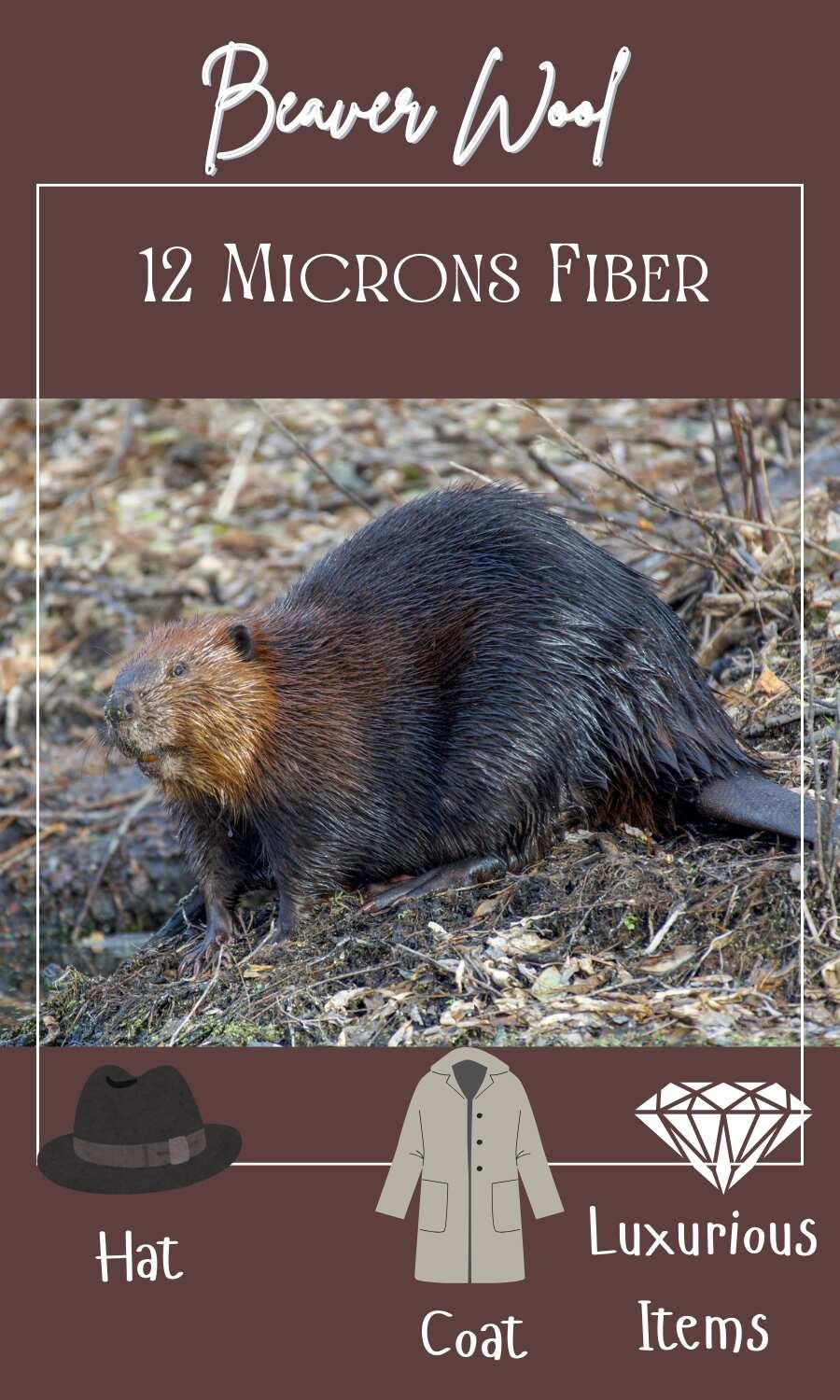
The rodent wool also has a plush, velvety texture, which generates a soft, luxurious feel.
This helps the wool to make high-end outerwear and luxury clothing items. Also, don’t forget that beaver wool is durable and strong.
15. Karakul Wool (Fat-Tailed Sheep)
Karakul wool is coarse and shiny and produced by Karakul sheep.
This sheep wool is a lightweight, strong, long, and lustrous fiber with no crimp, offering a showy effect. It has also great felting properties.
It comes in various colors such as grays, tans, reddish-brown, white, and white a mix of other colors.
Karakul fibers make superior carpet yarns and are used for rugs, coats, and traditional crafts.
Besides, saddle blankets, outer garments, and home decor like wall hangings are made.
5+ Additional Types of Wool from Animals
Churro Wool
Corriedale Wool
Finn Wool
Bluefaced Leicester Wool (BFL)
Shetland Wool
Melton Wool
Final Thoughts
Lambswool, recycled, organic, and tropical wool are also types of wool from animals.
While selecting factors such as softness, warmth, durability, cost, sustainability, and ethical wool.
You can also consider the types of projects, such as clothing, home goods, and crafts.
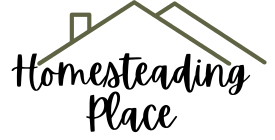


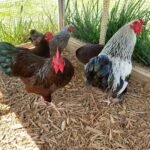
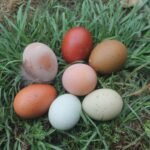
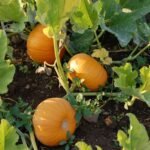
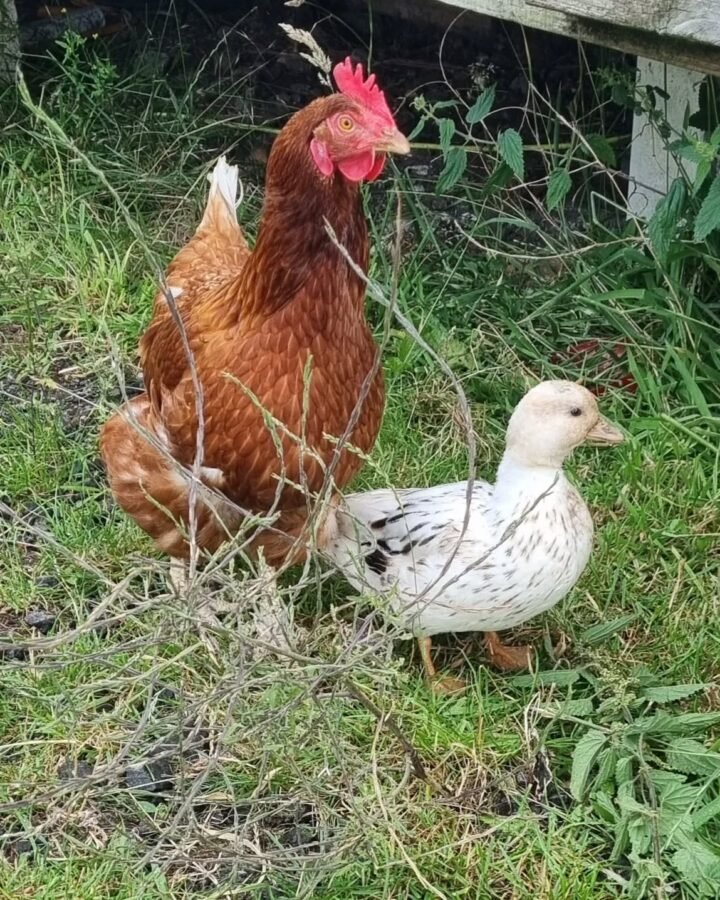
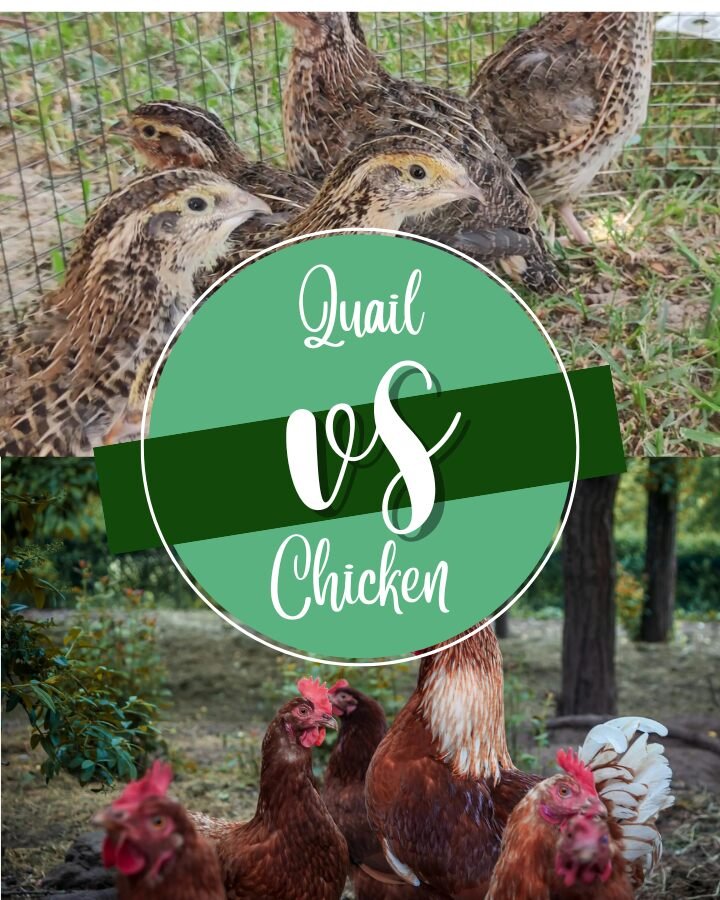
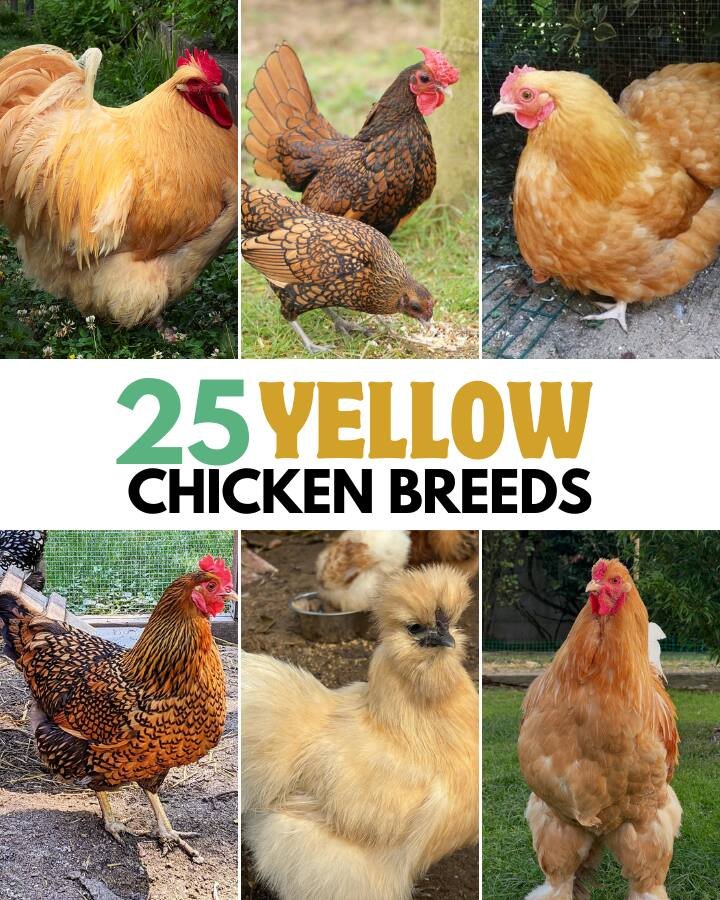
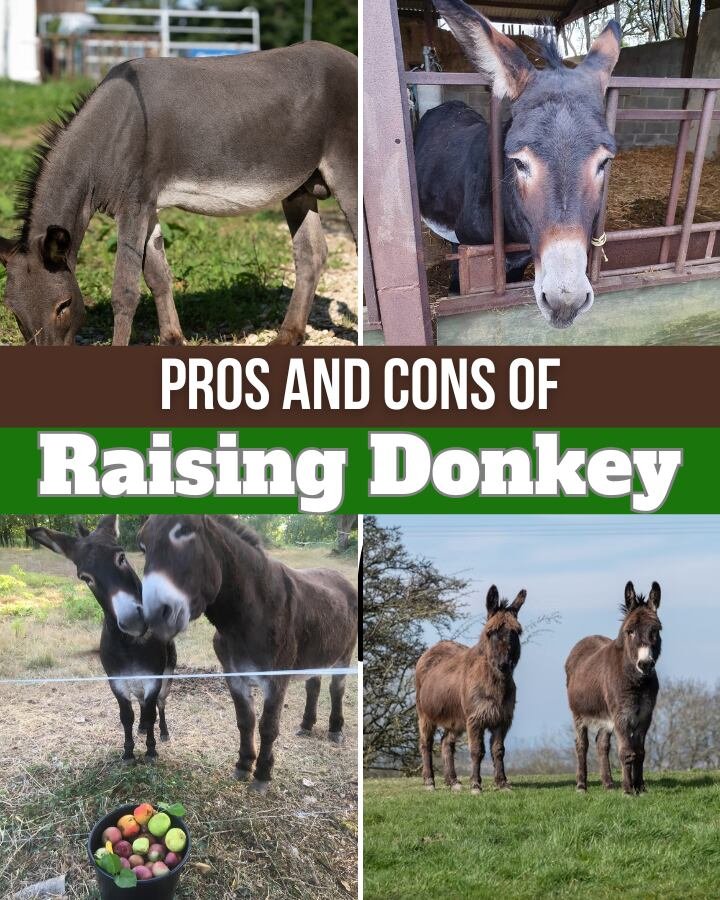
Leave a Reply